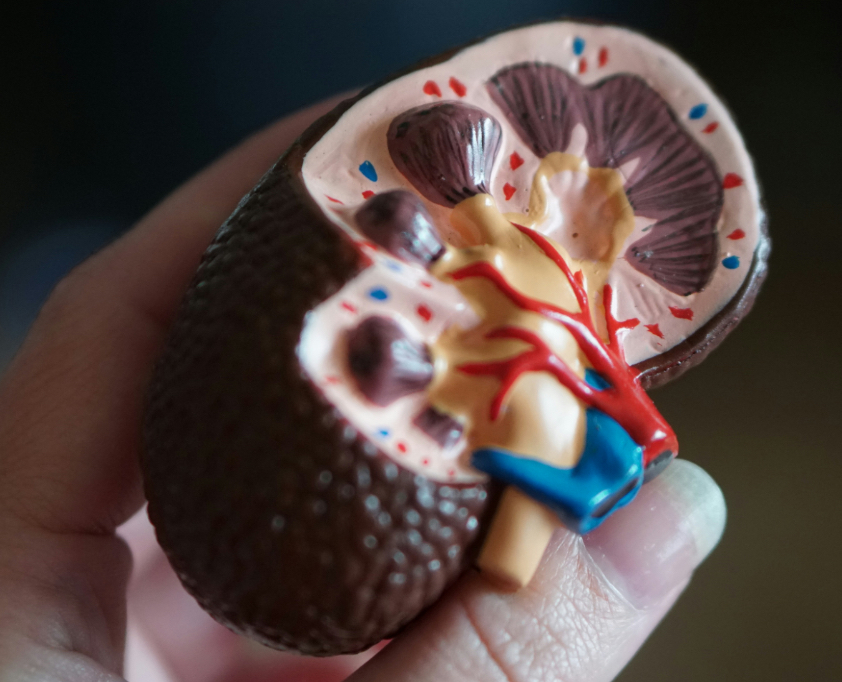Primary Biliary Cholangitis (PBC) is a chronic autoimmune liver disease characterized by progressive destruction of small bile ducts, leading to cholestasis, liver inflammation, and potential cirrhosis. Below, I address the role of antibodies in PBC and the long-term risk of osteoporosis, as requested, with concise yet comprehensive information.
Antibodies in Primary Biliary Cholangitis
- Antimitochondrial Antibodies (AMA):
- Present in ~95% of PBC patients, highly specific for diagnosis.
- Target pyruvate dehydrogenase complex (PDC-E2) on mitochondrial membranes, triggering immune-mediated bile duct damage.
- Positive AMA in asymptomatic individuals may indicate preclinical PBC, warranting monitoring.
- Antinuclear Antibodies (ANA):
- Found in ~30-50% of PBC patients, particularly anti-sp100 and anti-gp210.
- Associated with more severe disease or poorer prognosis in some cases.
- Other Antibodies:
- Anti-centromere antibodies may be present, often linked to comorbidities like systemic sclerosis.
- Elevated immunoglobulin M (IgM) levels are common, reflecting immune dysregulation.
- Diagnostic Role:
- AMA positivity, elevated alkaline phosphatase (ALP), and compatible liver histology confirm PBC diagnosis.
- Antibody titers do not correlate with disease severity or progression but aid in diagnosis and risk stratification.
Long-Term Risks: Osteoporosis
- Prevalence and Mechanism:
- Osteoporosis affects ~20-40% of PBC patients, with higher risk in advanced disease or cirrhosis.
- Cholestasis impairs bile acid secretion, reducing fat-soluble vitamin D absorption, leading to decreased calcium uptake.
- Chronic inflammation and elevated cytokines (e.g., IL-6) accelerate bone resorption.
- Cirrhosis-related hypogonadism and reduced physical activity further contribute.
- Risk Factors:
- Older age, female sex (PBC predominantly affects women), low body mass index, prolonged corticosteroid use (if prescribed), and advanced liver disease.
- Complications:
- Increased risk of fractures (vertebral, hip), impacting quality of life.
- Osteoporotic fractures may occur even before cirrhosis due to metabolic bone disease.
- Prevention and Management:
- Screening: Regular bone mineral density (BMD) testing via DEXA scans, especially in postmenopausal women or those with cirrhosis.
- Supplements: Calcium (1000-1500 mg/day) and vitamin D (800-1000 IU/day) supplementation to correct deficiencies.
- Lifestyle: Weight-bearing exercise, smoking cessation, and limiting alcohol intake.
- Medications: Bisphosphonates (e.g., alendronate) for established osteoporosis, with caution in liver dysfunction. Denosumab or other agents may be considered.
- Disease Control: Ursodeoxycholic acid (UDCA, 13-15 mg/kg/day) improves cholestasis and may indirectly reduce bone loss by slowing disease progression. Second-line therapies like obeticholic acid or fibrates are used in UDCA non-responders.
Additional Long-Term Risks (Brief Overview)
While osteoporosis is a key concern, PBC is associated with other risks:
- Cirrhosis and Liver Failure: Progressive bile duct loss can lead to cirrhosis (10-20% over 10-20 years), portal hypertension, and need for liver transplantation.
- Hepatocellular Carcinoma (HCC): Increased risk in advanced PBC, particularly in men or those with cirrhosis.
- Fatigue and Pruritus: Chronic symptoms impair quality of life.
- Fat-Soluble Vitamin Deficiencies: Beyond vitamin D, deficiencies in vitamins A, E, and K increase risks of night blindness, neuropathy, and bleeding.
Recommendations
- Regular monitoring of liver function, antibody profiles, and bone health is critical.
- Multidisciplinary care involving hepatologists, rheumatologists, and dietitians optimizes outcomes.
- Patient education on lifestyle and adherence to UDCA therapy reduces complications.
If you’d like more details on any aspect (e.g., specific treatments, fracture risk data, or antibody testing protocols), or if you have related files (e.g., lab results or images) for analysis, please let me know! For real-time updates on PBC research or osteoporosis management, I can also search the web or X posts if desired.
Disclaimer: owerl is not a doctor; please consult one.


Leave a Reply